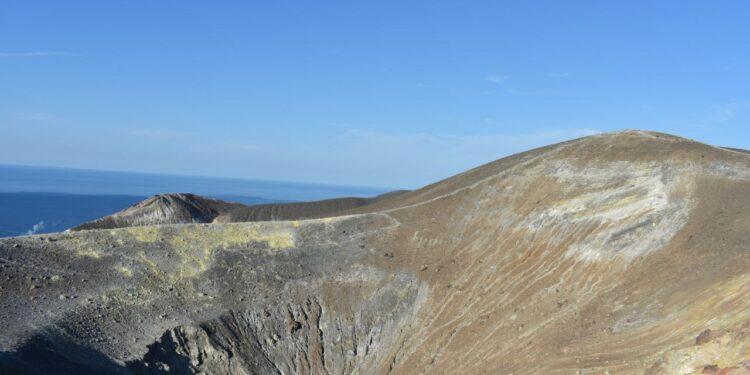Contents
Questo articolo è disponibile anche in:
Unicum in the whole European continent, Italy is the only country to have numerous active volcanoes. Dormant, underwater or extremely active, they characterize the territory, giving it an extraordinary and precious quality that falls not only on the natural beauties that derive from it, but also on important economic fields, from agriculture to tourism.
Precisely with regard to this last field, the presence of these natural “monsters” has almost overcome the fear that one would normally feel of them, standing in their presence. Volcanic activity, contrarily to what one might imagine, attracts visitors from all over the world, curious to see these natural wonders and, moreover, to enjoy the “accessory effects” that these places offer, thanks to their presence.
An active peninsula, above and below the water
From Tuscany on down, Italy is characterized by the presence of many famous volcanic buildings which, over the centuries, have changed the fate of entire territories, if not of the numerous populations that lived below them. Just think of the famous and dangerous Vesuvius, volcano under “special surveillance” always at risk of eruption, linked to the tragic end of the cities of Pompeii and Herculaneum, who as of today are sources of inexhaustible historical wealth.
Or, again, Etna and Stromboli, affectionately called by the Sicilians “idda” and “iddu”, “her” and “him”, woman and man, whose frequent eruptions of the former would be answered by the “outbursts” of the latter, almost as if they had a deep bond. Etna has a story that is still evolving today, with new craters always forming: for this reason, it is among the most active volcanic buildings in the world.
But also under the sea surface, especially in the Tyrrhenian area and in the Mediterranean area below Sicily, the waters boil; the submarine volcanic activity has been, over the centuries, so intense that it even gave life to an entire strip of land, that rose from the bottom of the sea: the Ferdinandea Island, the highest point of the even larger Empedocles volcano.
Finally, other submarine “monsters” remain asleep, in quiescence, under constant surveillance since an eruption could certainly create considerable problems. Naturally, we refer to Palinuro and, above all, to Marsili, one of the largest submarine volcanic edifices in Europe which, in the event of strong activity, could collapse on itself, causing, albeit only according to some studies, tidal waves which would impact on the coasts immediately close to it: that of Campania, of Calabria and of Sicily.
When lifestyle meets Italian volcanoes
Active, quiescent or submarines, the Italian “monsters”, however, do not seem to frighten those who visit them, much less those who live below them, often developing commercial activities related to them. Just think of the vast collection of jewels created from the numerous minerals that arise in volcanic areas: first of all, the black obsidian, which shares its charm together with the always fascinating and brilliant lava stone.
Remaining on the “beauty” side, one of the Aeolian Islands, Vulcano, whose homonymous crater has been dormant for 135 years, is a real open-air “wellness centre”. Since then, the residual volcanic activity of the crater has produced curious phenomena: the outgassing gives life to the fumaroles, characterized by the acrid and very recognizable smell of rotten eggs, that are visible in different parts of the island.
But certainly, one of the phenomena most loved by tourists is the creation of mud in a certain area, which could be visited and used until before the pandemic. Immediately near the mud area there is also the “Warm Waters’ Beach” (Spiaggia delle Acque Calde), where it is possible to see the underwater fumaroles, enjoying a curious and amusing “hydromassage” effect, with the sea water at a high temperature, while collecting and using darker and clayey mud from the bottom of the sea, near the fumaroles.

Not only the sea: the Italian volcanoes attract many tourists because of the excursions. Whether it’s trekking or trips accompanied by the most diverse animals, from horses to llamas on Etna, visitors will be rewarded with spectacular views: the Sicilian volcano also allows tourists to visit the top craters where, if in luck, a spectacular eruption could be witnessed.
Last, but certainly not least, sports tourism: the peaks of some Italian volcanoes allow, in fact, winter sports; the Etna skilift is famous. Not only that: these steep paths are a destination for cyclists and bikers. Finally, there are also more extravagant but particularly sought-after sports: it’s the case of volcano boarding.
In conclusion, there is a curious relationship between Italian volcanoes and the inhabitants who live below them or come on holiday: between fear and lifestyle, this massive “monsters” present on the territory of the Peninsula offer unique experiences, unobtainable in other places and, above all, unforgettable.
Stay up to date by following us on Telegram!



















